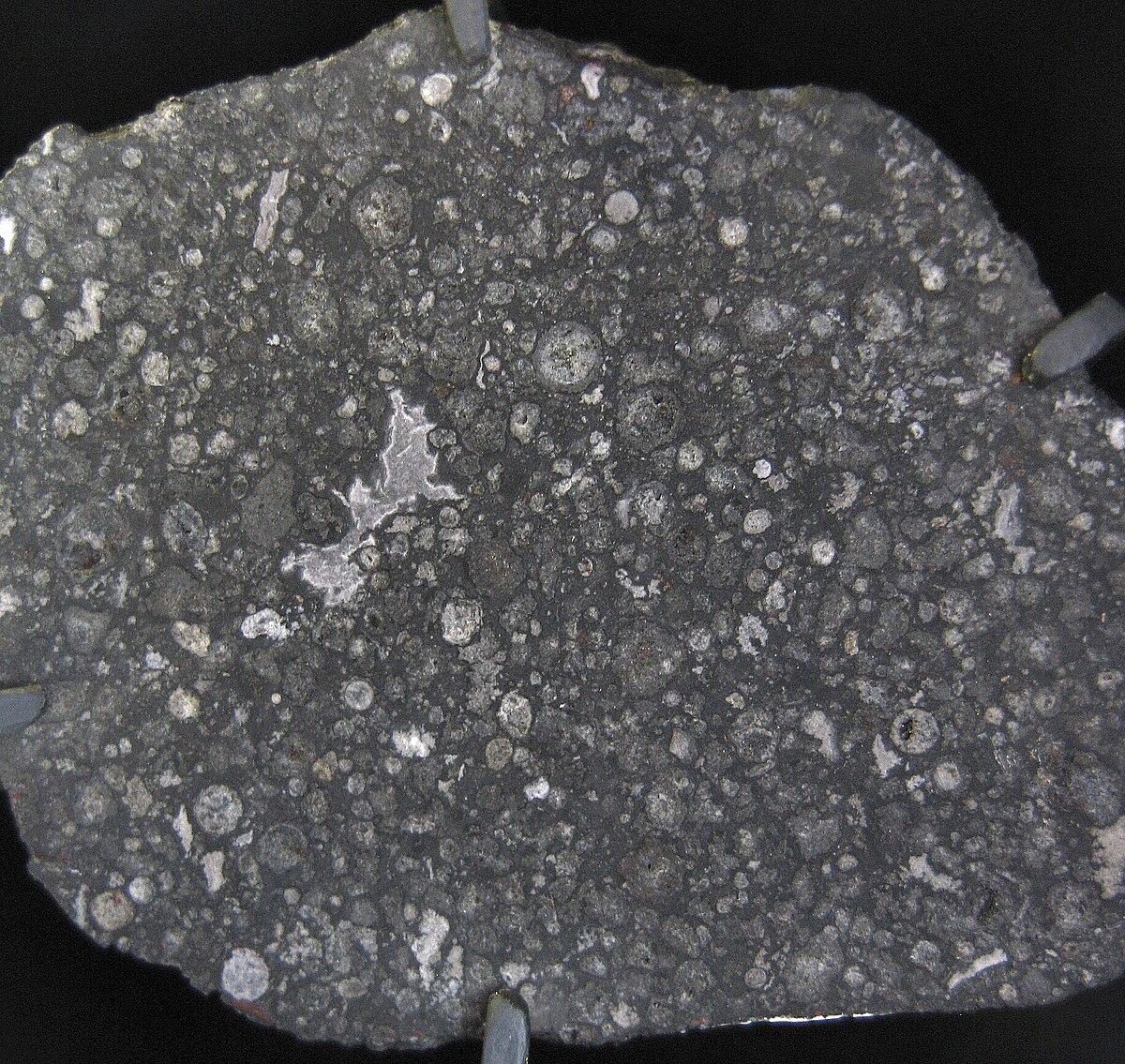Hi all. I did not want to create a new thread so I will use this. My experience might be related to a 'Near-Earth objects and close calls' or maybe not.
Today, at about 12:45 p.m I was working at the office with my window open when I've suddenly heard a great explosion and felt a shake in the building and through my body. It's lasted a second. 4 more people heard and felt it at the office. I've looked outside but could not see anything that could give me any clue about what had happened. I looked at the sky, it was blue, without clouds or smoke. My vision from the building was about 160º left and right, I could not see if there was anything behind the building.
When I've arrived home, I've started to look for clues on the net about what could have happened. Nothing on the local or national digital papers. On FB, my wife's told me (I deleted my FB account years ago) a few people were commenting they had heard and felt the explosion even in 3 towns up to 20Km. far from where I was. One said she noted her house shook and her cat jumped & hid under the bed. Some others said it could be a military plane breaking the sound barrier. I have no experience as to say if you can feel what I've felt if that happens.
My gut feeling is that it could have been a meteoroid exploding above us, who knows.
I've been searching on twitter about explosions, meteors, meteoroids and I've not find anything of use BUT this:
I have no idea if this can be related but thought I should comment on this in case anybody else has experienced the same and can share his/her experience.
I attach a few images of my location and places where it has been reported on FB and one image with Ottawa which parallel looks similar to where I leave, according to Google Maps.




Today, at about 12:45 p.m I was working at the office with my window open when I've suddenly heard a great explosion and felt a shake in the building and through my body. It's lasted a second. 4 more people heard and felt it at the office. I've looked outside but could not see anything that could give me any clue about what had happened. I looked at the sky, it was blue, without clouds or smoke. My vision from the building was about 160º left and right, I could not see if there was anything behind the building.
When I've arrived home, I've started to look for clues on the net about what could have happened. Nothing on the local or national digital papers. On FB, my wife's told me (I deleted my FB account years ago) a few people were commenting they had heard and felt the explosion even in 3 towns up to 20Km. far from where I was. One said she noted her house shook and her cat jumped & hid under the bed. Some others said it could be a military plane breaking the sound barrier. I have no experience as to say if you can feel what I've felt if that happens.
My gut feeling is that it could have been a meteoroid exploding above us, who knows.
I've been searching on twitter about explosions, meteors, meteoroids and I've not find anything of use BUT this:
I have no idea if this can be related but thought I should comment on this in case anybody else has experienced the same and can share his/her experience.
I attach a few images of my location and places where it has been reported on FB and one image with Ottawa which parallel looks similar to where I leave, according to Google Maps.






